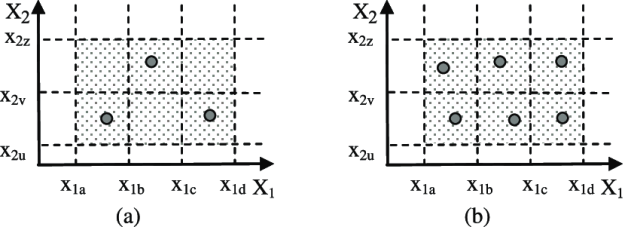Hello everyone,
Although we have been studying software testing for a few weeks, I still want to talk about the “logic” of software testing. Because I think it’s important, to test software comprehensively, we must understand the “logic” of testing. So I want to share a blog with you today:
“What is the Underlying Logic of the Software Testing? ”
by ZenTao 3
Link: https://www.zentao.pm/blog/underlying-logic-of-the-software-testing-1-1249.html
As a student new to software testing, I find the topic of test logic particularly interesting. Recognizing its critical role in ensuring software reliability and functionality, I sought out some resources that could help me develop an understanding of the underlying logic behind the testing process. This blog post does a great job of explaining this to me, providing insight into the complex mechanisms that support effective software testing.
In the first chapter of the article, we learned about the basic requirements for software testing:
- Software testing is to verify whether the functional characteristics of software meet the requirements;
- Software testing is to find the defects in the software;
- Software testing includes static testing – requirement, design, and code review
- Software testing is to systematically and completely evaluate the quality of software products and provide quality information;
- Software testing is to expose and reveal product quality risks;
- Software testing is not only a technical activity but also a comprehensive social and psychological activity;
- Software testing is to greatly reduce the cost of poor quality by investing in quality assurance costs.
These guidelines will play an important role in our future software testing path. All our testing will be conducted based on these guidelines. Also, article mentioned “based on the understanding of the real needs of users, to obtain the true and comprehensive quality information of software products through various means.” If we become professional software testers in the future, during the testing process, we must Always ask yourself if you are being comprehensive.
What impressed me most was the second chapter in the blog: The Underlying Logic of the Software Testing. And its three questions:
- Why?
- What?
- How?
Why: Because humans are not machines, even machines can make mistakes, so human work will inevitably lead to errors and imperfections due to some reasons (personal habits, time, abilities, etc.).
What: Be clear about the goals, scope, and specific data of the test. Prioritize your testing and do not do tests that are not relevant to your goals.
How: Sometimes obtaining existing test data will help us speed up and improve the efficiency of testing.
Overall, this blog is a great foundation for software testing. During our testing process, we need to ask ourselves whether the above problems have been solved.
From the blog CS@Worcester – Ty-Blog by Tianyuan Wang and used with permission of the author. All other rights reserved by the author.

